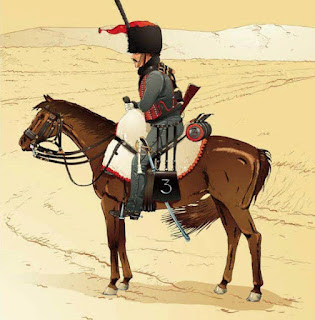The Life of Albert Edwin Groves.
(14/9/1899 –
3/2/1952)
He was born 14/9/1899.
1901 census, son age 1.
1911 census, son age 11 and at
school.
27/1/16 conscription introduced for all over 18.
With the introduction of conscription and the ever
increasing death toll, the method of recruitment and training changed. Instead of joining a local unit, men joined
the army, were trained and then allocated to the units which needed them most.
25/8/1917 His attestation Date [ie 17 yrs and 11 months – see section below].
Surrey Recruitment Registers 1908-1933 Transcription
First Name Albert Edwin
Last Name Groves
Age 18 Years 4 Months
Birth Place Lewisham
Year 1917
Occupation Cartridge Maker
Unit Or Regiment Bedfordshire Regiment (3rd Batn)
Regiment Bedfordshire Regiment (3rd Batn)
Soldier Number 51511
Attestation Place Lewisham
Attestation Date 25 August 1917
Service -
Height 5ft 9.75in.
Complexion -
Hair Colour
Chest Expansion Inches 4
Distinctive Marks
Chest Size Inches 36
Eye Colour
Weight in Pounds 126
Remarks 25 Lethbridge Road Lewisham
Notes Conscripted men. Recruitment register: No.1 Book. Recruitment numbers 50001-52025.
Reference 2496 / 27
Series Conscripted men, 2nd November 1917 to 20th February 1918
Page Number 153
Category Armed forces & conflict
Record collection Regimental & service records
Collections from United Kingdom
14/1/1918 he was age 18 and 4 months and was called up [conscripted].
The only photograph we have shows him in the uniform of
the Bedfordshire Regiment, his medal card states he
was a Private in the Machine Gun Corps [his number was 156003] when he went to
the front.
Albert
was sent home on compassionate leave as his mother and both brothers had all died
quite close to each other. On his return
his uniform was so lousy that his father James, look him out into the yard,
sent all the girls in doors, stripped him off, threw buckets of water over him
and then burned his uniform.
My mother remembers him talking about Ypres, calling it
‘wipers’.
After he was called up he went to a Training Battalion [of the Bedfordshire
Regiment] and from there volunteered for and was transferred into the M.G.C.
around late April / early May 1918.
Bedfordshire Regiment:
3rd (Reserve) Battalion
August 1914 : in Bedford.
A training unit, it remained in UK throughout the war. Moved within a few days
of declaration of war to Felixstowe for duty with the Harwich Garrison.
He was discharged to Army
Reserve, Class Z, on 25th February 1919.
Class Z Reserve was authorised by an Army Order of 3 December 1918.
There were fears that Germany would not accept the terms of any peace treaty,
and therefore the British Government decided it would be wise to be able to
quickly recall trained men in the eventuality of the resumption of hostilities.
Soldiers who were being demobilised, particularly those who had agreed to serve
"for the duration", were at first posted to Class Z. They returned to
civilian life but with an obligation to return if called upon. The Z Reserve
was abolished on 31 March 1920.
Later
in life he was a painter and worked on the railway.
He
introduces his friend from work, George Earl Willson, to his sister Winifred
Hannah Groves, they marry in late 1927.
Their children are Marj, Peter and Shirley.
1928
[age 29] he appears on the voters list at 44 Mount Street.
In
1935 [age 36] he fell from a signal he was painting and was in St Bartholomew’s
Hospital for 12 days recovering from head injuries. He suffered occasional ‘attacks’ as a result
of this, for the rest of his life.
1939 WWII age 40. Fire watcher - civil defence/ARP. He took my Mum one night to see the London docks burning during
the blitz.
Fire Guards (initially called the Fire Watchers Order in
September 1940, then the Fire Watcher Service in January 1941 and then reformed
as the Fire Guard in August 1941) were responsible for a designated
area/building and required to monitor the fall of incendiary bombs and pass on
news of any fires that had broken out to the NFS. They could deal with an
individual magnesium electron incendiary bomb by dousing them in buckets of
sand, water or by smothering.
When used by Fire Guards and
Street Fire Party personnel the Zuckerman helmets were marked accordingly with FG
or SFP. Bands around the helmet (often in black) would denote seniority
within the Fire Guard service.
His medal roll page.
His medal index card.

























